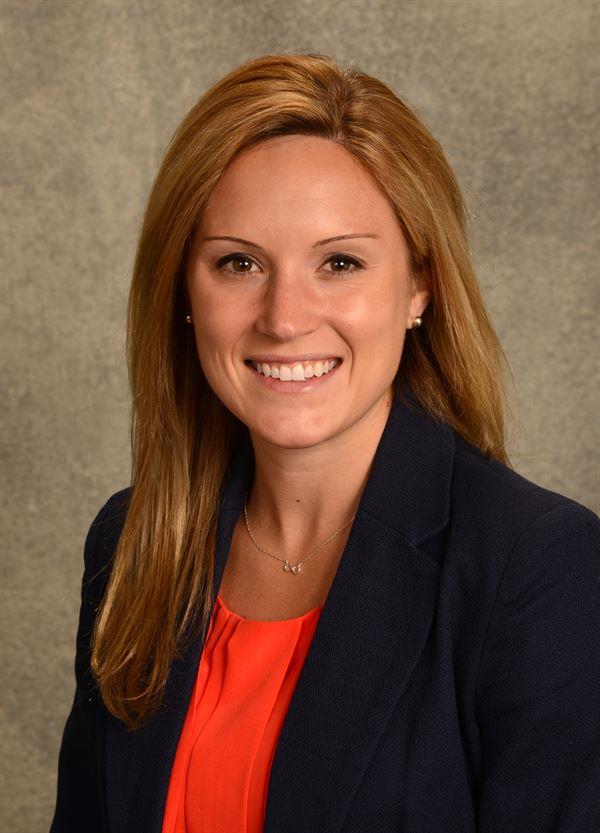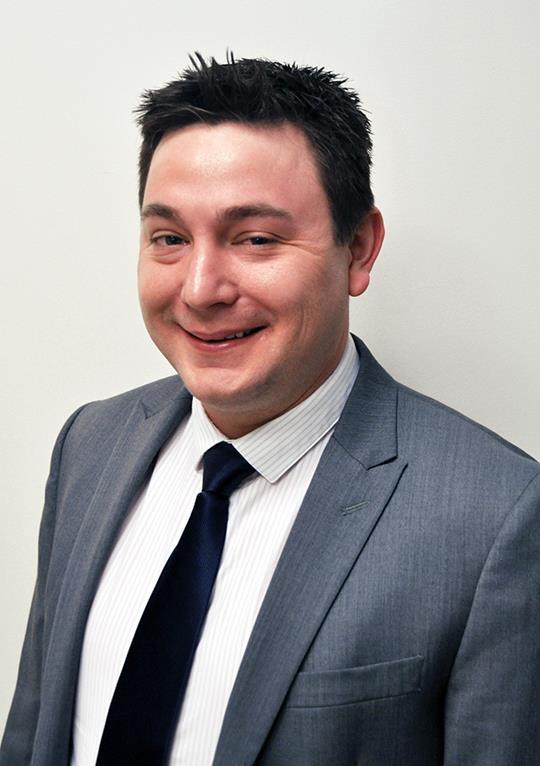- Doctors & Departments
-
Conditions & Advice
- Overview
- Conditions and Symptoms
- Symptom Checker
- The Connection Journey
- Sports Articles
- Dosage Tables
- Baby Guide
- Mental Health Resources

Parenting Tips and Advice
From bringing home a new baby to building trust with your teen, our pediatric experts share guidance to help you navigate the ups and downs of parenthood.
-
Your Visit
- Overview
- Prepare for Your Visit
- Your Overnight Stay
- Send a Cheer Card
- Family and Patient Resources
- Paying for Care
- Medical Records
- Policies and Procedures
- We Ask Because We Care
-
Community
- Overview
- Addressing the Youth Mental Health Crisis
- Calendar of Events
- Child Health Advocacy
- Community Health
- Community Partners
- Corporate Relations
- Global Health
- Patient Advocacy
- Patient Stories
- Pediatric Affiliations
- Support Children’s Colorado
- Specialty Outreach Clinics
Your Support Matters
Upcoming Events
Child Life 101
Wednesday, March 19, 2025Join us to learn about the work of a child life specialist, including...
-
Research & Innovation
- Overview
- Pediatric Clinical Trials
- Research Articles
- Discoveries and Milestones
- Training and Internships
- Academic Affiliation
- Investigator Resources
- Funding Opportunities
- Center For Innovation
- Support Our Research
- Research Areas

It starts with a Q:
For the latest cutting-edge research, innovative collaborations and remarkable discoveries in child health, read stories from across all our areas of study in Q: Advances and Answers in Pediatric Health.


Why It's Important to See a Pediatric Sports Medicine Physician
We care for patients’ growing muscles, joints and bones through sports medicine, surgery, rehabilitation and research.

 Kids are not “little adults”
Kids are not “little adults”
In pediatrics, we have a phrase that “kids are not little adults,” and this is true for young athletes as well. Sports medicine physicians who are trained in pediatrics are aware of the differences in the anatomy, physiology and injury patterns seen in children and adolescents compared to adults.
The differences between pediatric and adult patients
Many differences exist between pediatric and adult patients. These differences become evident when comparing an X-ray of a child’s bone to an adult’s bone. Pediatric patients have some growth plates that do not close until they are 20 or 21 years old. These open growth plates add length to the growing bone but are often considered the “weak link in the chain.”
For example, in adults, overuse injuries typically lead to tendonitis. However, children with open growth plates are more likely to suffer from apophysitis (irritation of a growth plate) such as Osgood-Schlatter or Sever’s apophysitis. Similarly, adults may sprain their ankle when they roll or twist it, but children may suffer a fracture at or near the growth plate. Additionally, these growth plates may be injured if not treated appropriately by physicians who specialize in conservative and surgical management of these conditions.
The growth spurt
As children reach adolescence, they go through a growth spurt. During this period of time, athletes are often becoming more active in their sport but are also at an increased risk of injury. As children grow, their bones often grow first, which means their muscles and tendons tighten over the lengthened bone. This causes them to become more inflexible and also predisposes them to injury. A pediatric sports medicine physician is trained in the identification of these imbalances and factors that may increase the risk of injury. They can also provide valuable advice and education on injury prevention for your growing athlete.
Fueling up
Growing athletes have different nutrition, rest and activity progression needs than adult athletes. In order to prevent injuries, growing athletes should vary their physical activities. For example, studies have shown that baseball pitchers who are still growing should have 2-4 months off per year from all throwing activities in order to decrease the risk of injury. Similarly, athletes who pitch more than 100 innings per year are 3.5 times more likely to have an injury(1). It is important that your pediatric sports medicine physician is knowledgeable about the unique changes that occur in a growing athlete, in order to keep your athlete healthy and safe.
Pediatric sports medicine physicians should also work with a board-certified sports dietitian to help young athletes perform their best, reduce injury risk and maintain optimal health. A sports dietitian provides research-backed guidance on pre- and post-activity nutrition, customized diets for medical concerns, getting enough nutrients, fueling while travelling and much more. Sports dietitians have extra training and certification working specifically in sports nutrition.
Keeping it fun
Keeping sports fun should be the primary focus for young athletes. In order to achieve this goal, youth athletes should not participate in an organized sport more hours a week than their age. For example, a 15 year-old soccer player should only have 15 hours or less per week of organized sports. However, they can get outside and participate in as much free-play as they want.
Our Sports Medicine Center
The Sports Medicine Center team at Children’s Hospital Colorado is committed to providing your growing athlete with the best possible care. Our pediatric sports medicine physicians are specialists in injury prevention, diagnosis, treatment and rehabilitation of sport related injuries, along with return to play. We provide top-notch care in order to return your young athlete back to their sport at the top of their game.
Contact us
To set up an appointment with our Sports Medicine Center, please call 720-777-6600.
Get to know our pediatric experts.

Emily Sweeney, MD
Pediatrics, Sports Medicine


Jordan Fink, PA-C
Physician Assistant

Julie Wilson, MD
Pediatrics, Sports Medicine



 720-777-0123
720-777-0123



